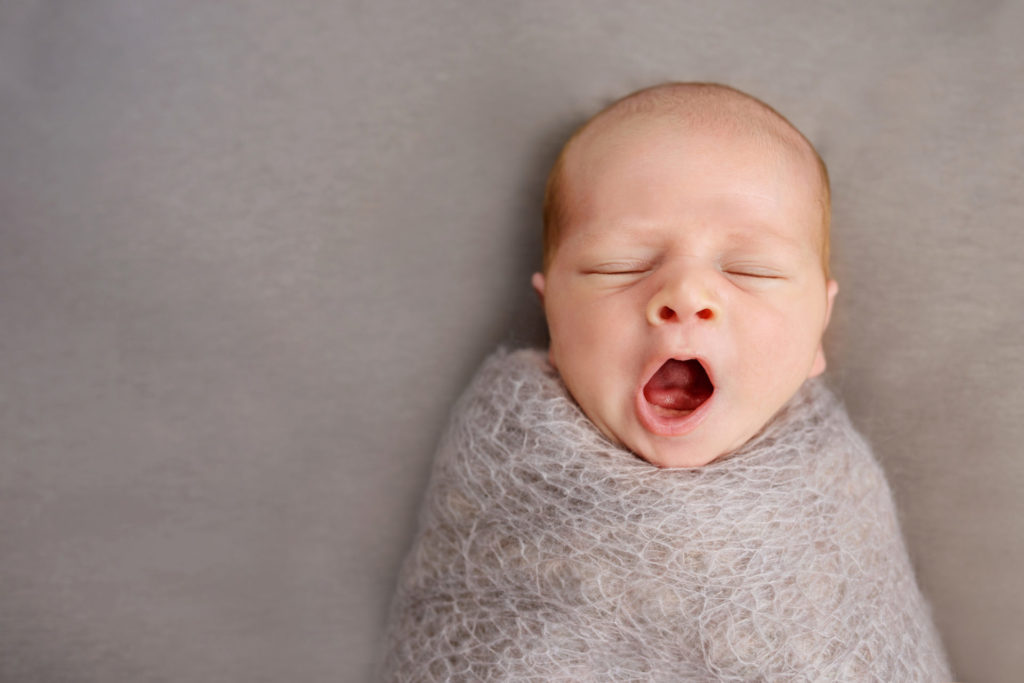Women of Australia, I know you’re all super busy with, among other things, remote learning, sorting out the additional unpaid care and domestic work associated with COVID-19, and making home-made face masks.
But I need to interrupt your COVID day with an urgent request: we also need to “school” our nation’s Treasurer, Josh Frydenberg. It has recently come to my attention that he doesn’t know where babies come from. It’s time to have “the talk”.
Let me explain.
According to the ABC, in a speech to the National Press Club on Friday, Frydenberg warned that population growth was expected to slow to 0.6 percent in 2021, the lowest rate since 1916-17. And he acknowledged that this would be problematic, because population growth has been integral to the almost three decades of economic growth that preceded the arrival of COVID-19 on Australian shores, plunging the country into a recession.
Even before COVID-19, Australia was not onto a winner.
With a birth rate of 1.74 births per woman, it was down from 2.02 in 2008. If the birth rate were to continue to fall to or below 1.5, the replacement rate, the future tax base would be at risk. Basically, we wouldn’t have enough people to work and pay taxes and fund the roads, hospitals and welfare initiatives that we need to function as a country.
As Liz Allen, a demographer at the ANU Centre for Social Research and Methods, recently wrote in the Conversation, that would be a “demographic disaster”.
“Future generations will have to cover the bill for far more than we have had to, meaning the Australia they inherit will be worse off,” wrote Allen.
Enter Josh Frydenberg with a solution. Women of Australia: start making babies!
“I won’t go as far as to say, like Peter Costello, ‘one for the mother, one for the father and one for the country’,” Frydenberg told the audience at the NPC. “But I can say that people should feel encouraged about the future, and the more children that we have across the country, together with our migration, we will build our population growth and that will be good for the economy.”
“I think the best thing we can do to encourage more children being born across the country is, obviously, to create a strong economy for them to be born into,” he added.
Sorry Frydenberg, this is not “obvious”.
You have to build a strong, caring economy that works for women — who, you know tend to give birth to the babies — if you want to inspire that kind of confidence. And, judging by recent events, that’s not the current plan.
You can’t take away “free” childcare, discourage women from working more hours through tax policy, ignore the scourge of pregnancy discrimination that affects 1 in 2 women, and generally pursue a “bloke-covery” that disadvantages women and assume that they will be all too happy to return to hearth and home and start breeding.
It’s illogical and reveals a complete lack of understanding of the social and economic landscape in which women — and their partners – make their “choices”.
In short, Treasurer Frydenberg, that’s not where babies come from. You might as well have suggested storks deliver the babies needed to save Australia’s post-COVID economy.
The reason women and their partners’ decide to have children are complex.
As Jamila Rizvi wrote in The Age last year, changing social norms have meant that women can now seek fulfillment outside of the more traditional role of wife and mother.
But more than anything, wrote Rizvi, would-be parent’s considerations are financial. Rizvi pointed to a US study of young couples, in which four of the top five reasons for not having children were financial. These included the cost of childcare and the difficulty Millennials find in securing their financial independence. If you’re still living with mum and dad saving up for a house deposit, chances are you won’t think it’s the “right’ time to have a baby.
What’s more, as I have frequently written for Women’s Agenda, the so-called “motherhood penalty” is deeply entrenched in Australia and getting worse.
An umbrella term coined to encapsulate the myriad of issues that contribute to mothers’ inequality in the workplace, the “motherhood penalty” includes: the “chores gap”, i.e. the fact that women shoulder the lion’s share of unpaid care and domestic work, the lack of flexible work or equitable parental leave policies for fathers and mothers to help level that domestic playing field, the lack of access to affordable childcare, and gender-based discrimination, including pregnancy discrimination.
And now there’s evidence that the pandemic is exacerbating that trend, creating a “pandemic motherhood penalty” of sorts.
I suspect all these things will weigh heavily on women’s minds as they judge whether or not the next few years are the “right” time to have a baby. And unless Frydenberg has some concrete proposals to address them — like, say, universal affordable childcare or paid parental leave that is equality available to both women and men – his “one for country” commentary is unlikely to have the desired effect of making Australian women feel particularly broody.
It’s just not where babies come from.
Kristine Ziwica is a regular contributor. She tweets @KZiwica



